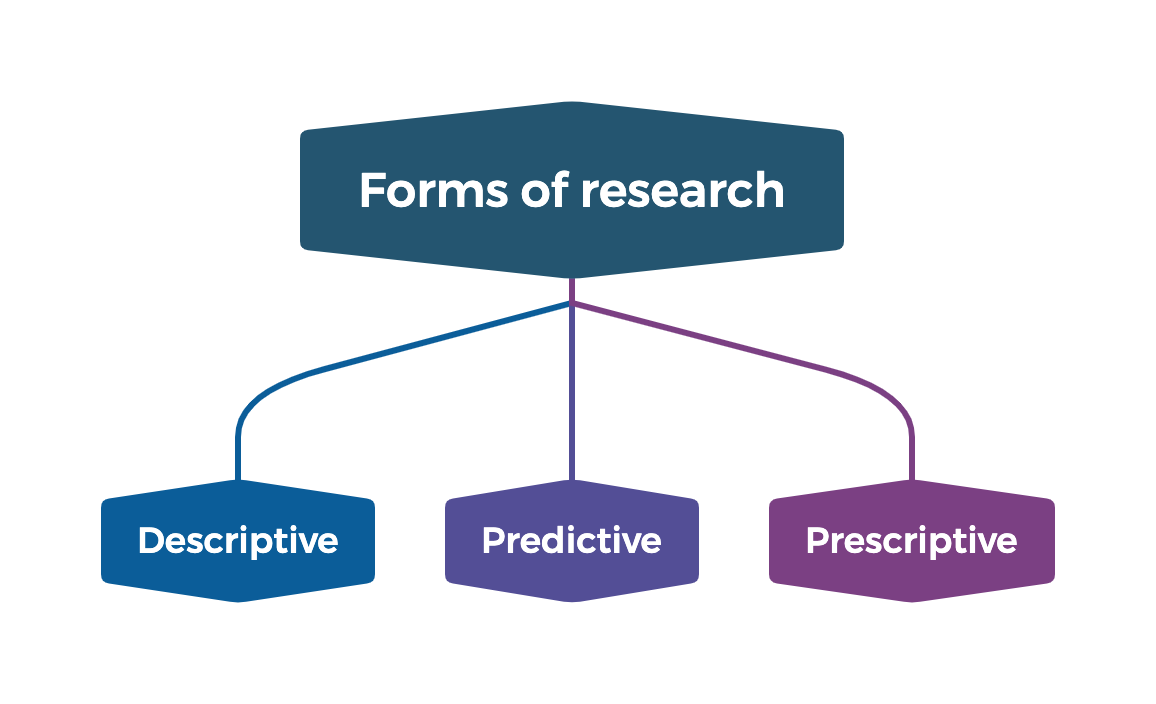5 Forms of Research in Sport Data Analytics
5.1 Introduction
In this section, we’ll examine some of the key forms of inquiry within sport data analytics and note some of the challenges involved in research within this area.
It’s important to understand some of these differences, because they underpin the purpose of the different quantitative methods we will explore throughout this module.

Descriptive research in sport focuses on detailing and describing specific phenomena, such as a player’s performance across games and seasons, offering a comprehensive view of their abilities. Descriptive research aims to describe things ‘as they are’.
For example, a comparative analysis might juxtapose a player’s metrics with peers or historical data, highlighting strengths and areas of development. Descriptive research might explore game strategies and their effectiveness, for example how teams adapt these strategies in real-time against dynamic opponents. Descriptive research might focus on team dynamics, such as role synergies, communication effectiveness, and team cohesion.
Predictive research in sport goes beyond current states, asking what future scenarios might unfold. It seeks to identify ‘what might be if’.
Forecasting future performance often involves trend analysis and predictive modelling to anticipate individual and team achievements.
For example, research on injury prediction might use historical data to identify patterns and inform preventative strategies, while player monitoring systems track health metrics for early injury risk detection.
Prescriptive research in sport seeks optimal paths forward. It seeks to identify ‘what could be’.
For example, personalised training regimes, tailored to individual athlete needs and monitored for intensity, aim to enhance performance while avoiding overtraining. Strategy development might involve opponent analysis and situational planning for adaptability.